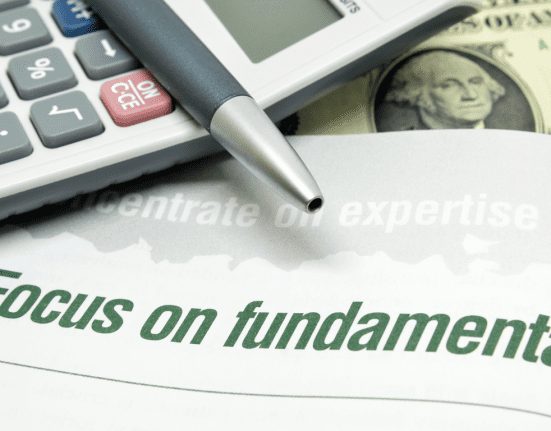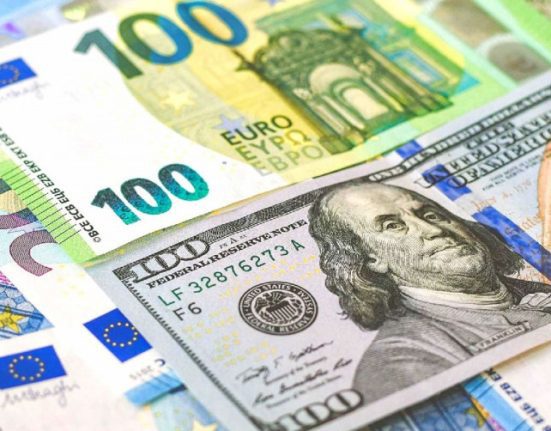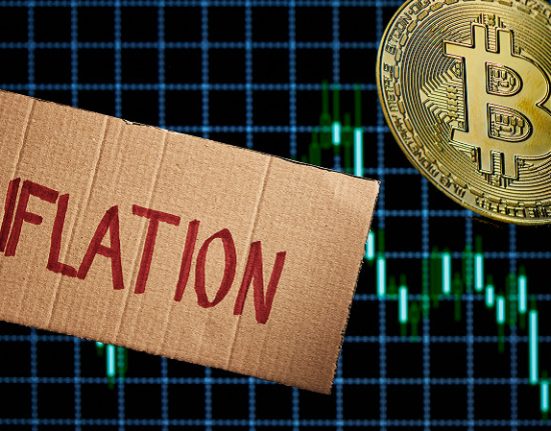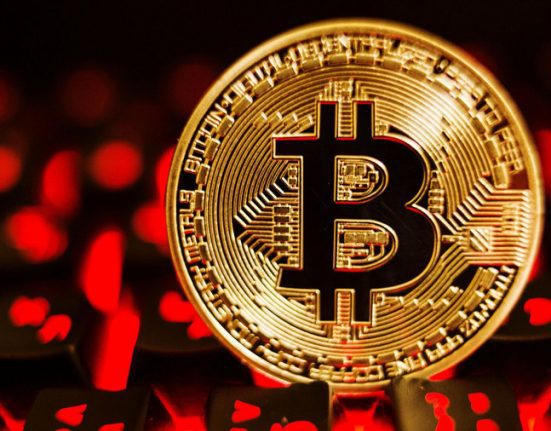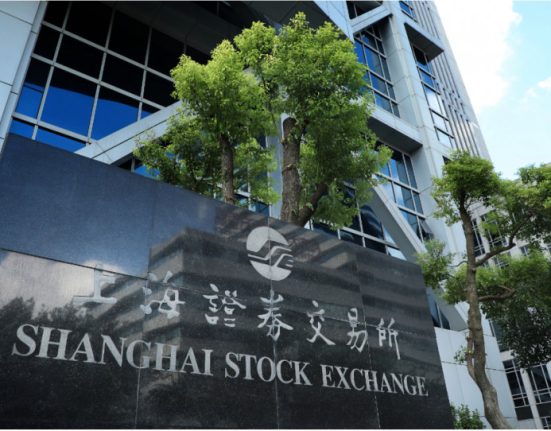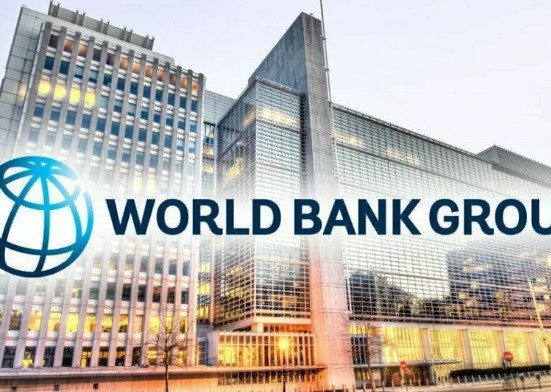The stock market is waiting on important inflation numbers from last year to potentially push prices up, yet three prominent Chicago Federal Reserve economists suggested that the Fed will still increase rates by an extra point before concluding their policy of tightening.

A picture of analytics can be seen above, showing data for a given period of time.
Economists expect that interest rates will reach 5.5% and remain at that level for some time, restraining the costs of products ranging from groceries to fuel. Randall Kroszner, a former Fed governor, noted: “I believe the Fed will keep rates at their peak for a while. Even if inflation drops by two or three hundred basis points over the year, the Fed will still maintain the 5.5% rate,” he added.
Last year, Inflation skyrocketed to its highest level in 40 years due to the world’s recovery of demand for goods and services. Even though prices have decreased since, they still remain above the Federal Reserve’s target of 2%. This has caused the Fed to recognize that they did not begin raising rates in the right timeframe. As long as the market does not experience any more troubles and stability is maintained, then a recession can still be avoided.
The US Federal Reserve hiked interest rates to 4.3% last month and predicted that it will climb up to 5.1% in the current year, in stark contrast to their approach in the 1970s when inflation began to decelerate. This was likely due to the blunder of the prior decision as prices rose drastically afterward, resulting in an economic disaster.
The current data may suggest that inflation is still in check, leading many market participants to hope the Fed will be deliberate in its choices. However, many experts claim that the situation today is different than it was during the late 1970s and early 1980s, with the Fed still having faith in the markets. If this turns out to be true, a rate increase could result in a temporary recession later on this year.
When it comes to the forex market, it is still possible for EUR/USD to reach monthly highs if buyers are able to break up to 1.0760. If achieved, the pair could climb up to 1.0850. On the other hand, if sellers gain control of 1.0760, the euro could experience a sharp decline to 1.0720, possibly even down to 1.0680 or 1.0650.
The GBP/USD exchange rate is progressively decelerating, meaning that buyers must remain above 1.2120 to maintain their advantage. If 1.2180 is breached, the pound may rebound to 1.2240 or 1.2300. Conversely, if the pressure around 1.2120 increases, the currency could plunge to 1.2060 and 1.2010.



